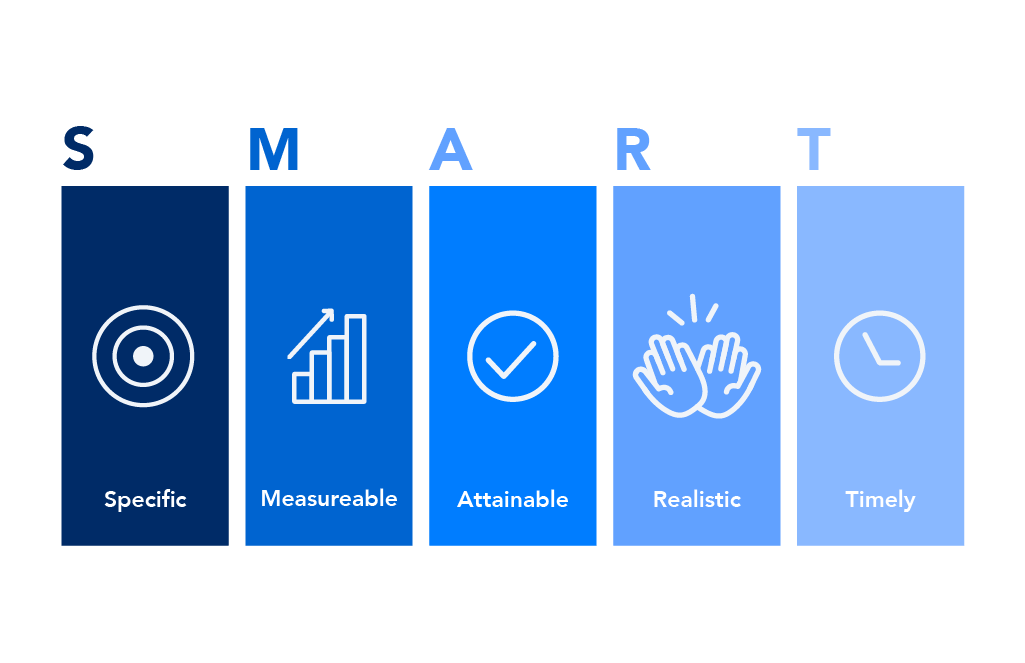Knowledge is an asset in every industry. But you can’t manage something that you don’t accurately measure. That’s why it’s so important to have a knowledge management strategy that helps you organize, measure, and share valuable information that affects your company. Fortunately, implementing the following best practices will allow your organization to get the most out of its knowledge management system.
1. Consider your company’s organizational culture.
What is the driving force behind how employees perform their job duties? Before selecting a knowledge-sharing system, it’s vital to assess your company’s current organizational culture. If your organization prides itself on providing excellent customer support, then the people who work there may already understand the need for consistent improvements across the board.
With any effective knowledge management system, you’ve got to distribute important knowledge to all of your employees promptly and effectively. So, for example, if the company currently uses an email system as its only source of data, deploying a complex knowledge management process might not make sense. On the other hand, if your company is forward-thinking and shows competencies in a variety of knowledge sharing tools—such as white papers, intranets, webinars, case studies, and social media—then team members may be more open to implementing a state-of-the-art knowledge management system for a better knowledge transfer experience.
2. Set clear objectives and measurements.
If you know the direction you’re going with your knowledge management strategy, then you’ll know what you need to do to get there. But defining your organization’s goals can be challenging if you’re considering a new knowledge base. To that end, it helps create a list of the many benefits of knowledge management that will help your team members and your company as a whole.

But what’s the difference between a goal and an objective? Goals are intentions, while objectives are actionable steps your company can take to reach its goals. Thus, your objectives should have measurable timetables. You can increase your chance of achieving successful knowledge management by following the SMART outline:
- Specific
- Measurable
- Attainable
- Relevant
- Time-bound
3. Review current content usage.
There are several questions that your organization’s leaders should ask themselves during the journey for the right knowledge management solution, such as the following:
- What types of databases does your company already use?
- What types of knowledge are stored in these databases, and are they organized?
- Are there differentiators between implicit knowledge and explicit knowledge?
- Do your key employees have easy access to valuable information?
- Are your current information technology tools up to date?
- Are there quick methods in place to share knowledge, such as lessons learned?
Take a look at how your current and new employees are using knowledge, using surveys as needed. Then identify any bottlenecks when it comes to knowledge creation, sharing, and management. The answers will help craft your intended outcome as you strive to use the knowledge management tools at your disposal effectively.
4. Move in carefully planned stages.
Most people don’t like change, especially when it’s poorly executed. This is why it’s vital to create a step-by-step process for implementing new knowledge management programs. Given that most people will feel intimidated by a new system they might not completely understand, you want to serve deployment in digestible bites. This also gives your team members time to work through any minor issues along the way.
Download our Knowledge Management Buyer’s Guide for steps that you can take during this process. Get the ebook >
5. Create a knowledge management map.
Creating a knowledge management map can ensure that your system aligns with strategic business objectives and answers key questions, such as, Which areas require the most focus? Or What are your organizational knowledge priorities? This is where you can identify any potential gaps and then configure the right resources to fill them on your way toward gaining a competitive advantage in your field.
6. Designate a knowledge management champion.
You should choose a champion who has credibility within the organization. In particular, this individual should comprehend the company’s aims and business drivers. The chosen champion should also be on the front lines, working with both departments and everyday employees. They should be available during all phases of the knowledge management process.
After all, you might look at this person as a champion of change who has the know-how you need, but they also must be considered an expert by others. Even if you know this person is an SME, credibility can be subjective. So, during the decision-making process, think of the person’s tenure at the company, job title, background, and experience before you make your choice.
Passion and perseverance are also essential prerequisites for your knowledge management champion. You’ll want someone who can create an infectious, positive influence. Sheer passion is often necessary to incite lasting change among knowledge workers at your company.
7. Galvanize interest with rewards and incentives.
If your employees aren’t exactly motivated to use your new knowledge management system—or if they don’t yet comprehend the benefits of knowledge management—rewards can go a long way. Consider offering tangible rewards to produce high-impact results. Each time employees successfully use the knowledge management software, they should feel valued and appreciated.
8. Create easy-to-understand policies around knowledge sharing.
Many companies experience detrimental setbacks when a departing employee takes valuable tacit knowledge with them to a competitor. With a knowledge base, you can ensure that the team only shares knowledge with the intended community.
As a result, both remaining employees and the company will feel far fewer negative implications related to employee turnover, improving employee retention in the long run. Ensure the human resources department includes these policies as part of the onboarding process, so new employees know how to properly handle implicit and explicit knowledge during their time with the company.








































